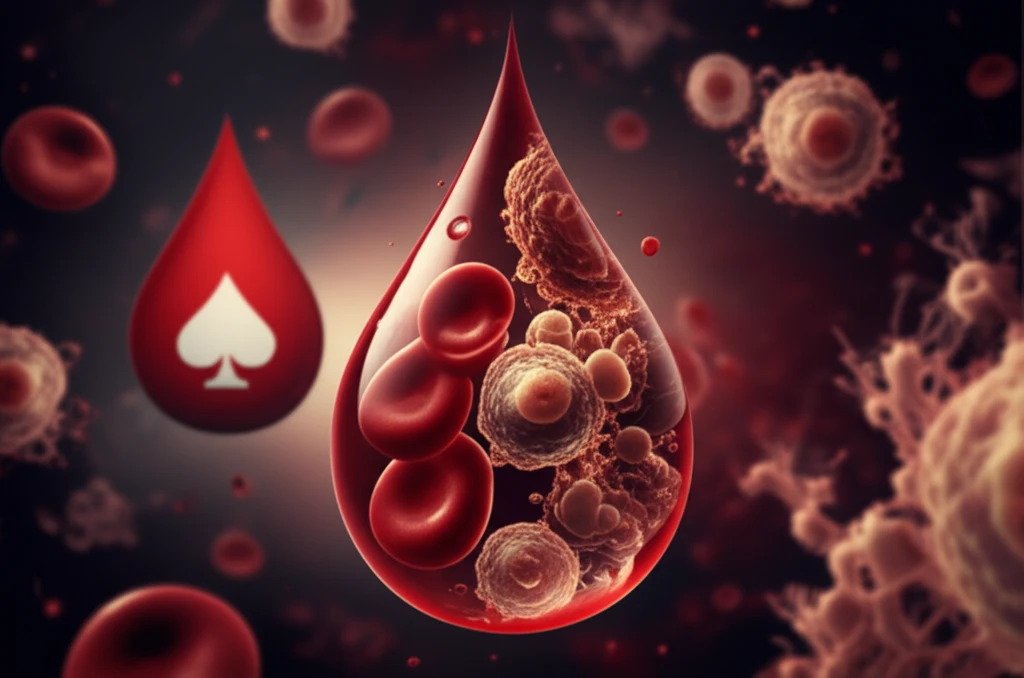
Blood Group Anomaly: When Leukemia Hides Your Blood Type
"Unmasking Leukemia: How a Missing Blood Group Antigen Led to a Critical Diagnosis"
In the world of medicine, sometimes the most unexpected clues lead to the most critical diagnoses. Blood group antigens, the markers that define our blood type, are usually constant throughout our lives. However, in rare instances, these markers can disappear, signaling an underlying health issue. This is the story of one such case, where a routine blood test uncovered a life-threatening condition: leukemia.
Blood transfusions are a cornerstone of modern medical care, but what happens when a patient's blood type seems to change? Discrepancies in blood typing can pose significant challenges, potentially leading to severe transfusion reactions. In a recently published research paper, doctors investigated how a patient's blood type appeared to shift, revealing a surprising link to acute myeloid leukemia.
The research, documented in "The disappearance of Blood Group Antigens: a clue to the clinical diagnosis of leukemia", details how the loss of blood group antigens became the key to unlocking a diagnosis. This article explores the case, shedding light on the importance of thorough investigation and the subtle ways in which leukemia can manifest.
The Curious Case of the Vanishing Blood Type

A 54-year-old man was admitted to the hospital with a persistent low-grade fever and chills. As part of his evaluation, a blood grouping test was performed. The results were perplexing: his cells appeared to be O Rh D positive, while his serum indicated a blood type of B. This inconsistency immediately raised a red flag, prompting a deeper investigation.
- Reviewing the patient's past medical history
- Performing a bone marrow aspirate
- Flow cytometry analysis to identify leukemia markers
Why Blood Type Changes Matter
This case isn't just an isolated medical curiosity. The phenomenon of disappearing blood group antigens has been documented in other cases of leukemia and certain malignancies. The underlying mechanism involves the inactivation of enzymes responsible for producing these antigens on the surface of red blood cells.
Understanding this connection is crucial for healthcare professionals. When faced with a blood typing discrepancy, especially in a patient with risk factors for leukemia, it's essential to consider the possibility of an underlying malignancy. This can lead to earlier diagnosis and intervention, potentially improving patient outcomes.
The vanishing blood type case serves as a powerful reminder of the complex interplay between different systems in the human body. It underscores the importance of remaining vigilant, connecting the dots between seemingly unrelated findings, and utilizing all available tools to unravel the mysteries of disease.
